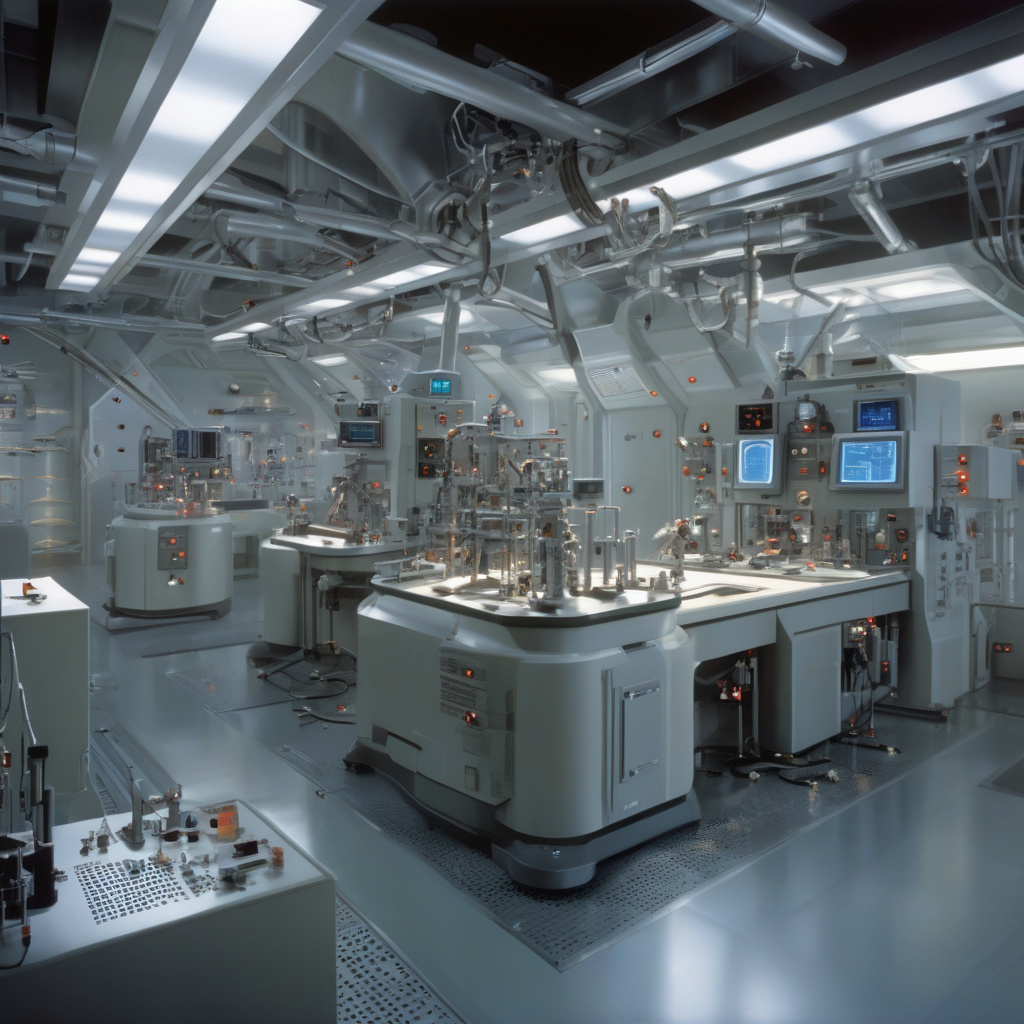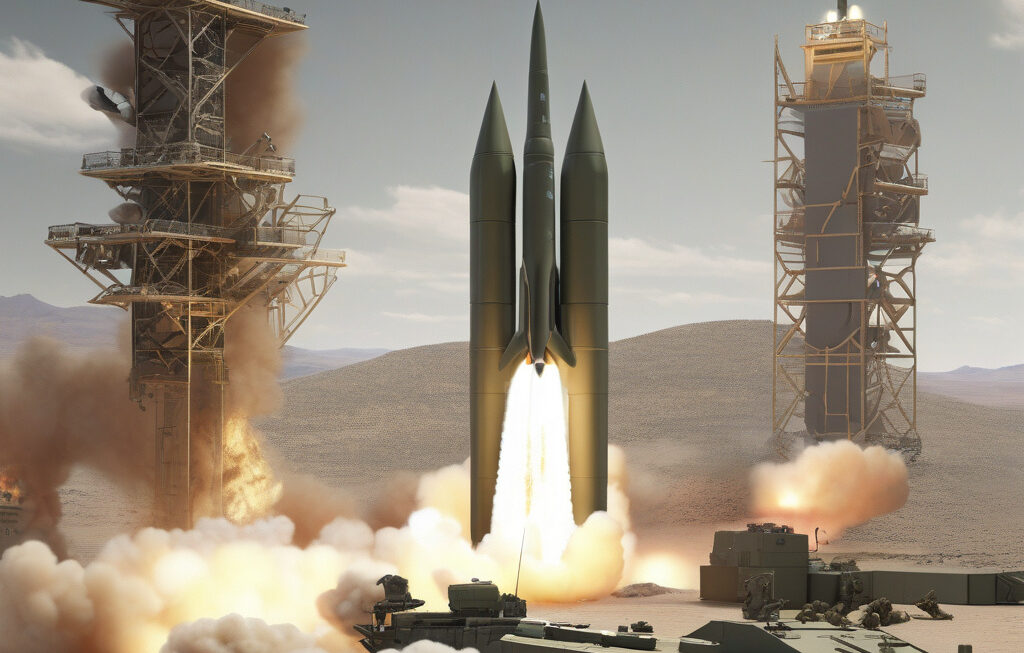US’ Super Laser Program Faces Sudden Pause Before Completion
Scientists in the United States were forced to pause the development of an advanced ultrafast laser program designed to defend against incoming missiles. The project, which was well underway and showing promising results, suddenly hit a roadblock due to unforeseen budget cuts and shifting priorities within the government.
The super laser program, officially known as the High Energy Laser with Integrated Optical-dazzler and Surveillance (HELIOS), was being developed by the US Navy in collaboration with industry partners. The goal of HELIOS was to create a cutting-edge laser system capable of intercepting and destroying hostile threats such as missiles, drones, and other airborne targets.
The technology behind HELIOS is nothing short of revolutionary. By harnessing the power of directed energy, the laser system is able to deliver unprecedented speed and precision in neutralizing incoming threats. Unlike traditional missile defense systems that rely on physical projectiles, HELIOS offers a more cost-effective and efficient solution that can potentially revolutionize the way modern warfare is conducted.
Despite its immense potential, the HELIOS program faced an unexpected setback when funding allocations were revised, leading to a sudden halt in its development. This pause not only raises concerns about the future of missile defense capabilities in the US but also highlights the challenges of maintaining cutting-edge technology in an ever-changing political and budgetary landscape.
The decision to pause the HELIOS program has sparked a debate among defense experts, with some arguing that such advanced laser systems are crucial for staying ahead of emerging threats in the 21st century. With countries around the world investing heavily in hypersonic weapons and other advanced military technologies, the need for robust missile defense systems has never been greater.
In the face of this pause, proponents of the HELIOS program are calling for a reassessment of national defense priorities to ensure that critical projects like this one are not derailed by short-term budget constraints. They argue that investing in cutting-edge technologies is essential for maintaining a strategic edge in an increasingly complex and unpredictable global security environment.
While the future of the HELIOS program remains uncertain, one thing is clear: the need for innovative and effective missile defense systems will only continue to grow in the years to come. As the United States navigates a rapidly evolving threat landscape, decisions about where to allocate resources and prioritize defense initiatives will play a crucial role in shaping the country’s security posture for decades to come.
In conclusion, the sudden pause in the US’ super laser program highlights the challenges of balancing technological advancement with budgetary constraints in the realm of national defense. As the debate over the future of missile defense continues, one thing is certain – innovation and strategic thinking will be key to staying ahead in an increasingly complex and competitive global security environment.
US, Super Laser, Missile Defense, Defense Technology, National Security












